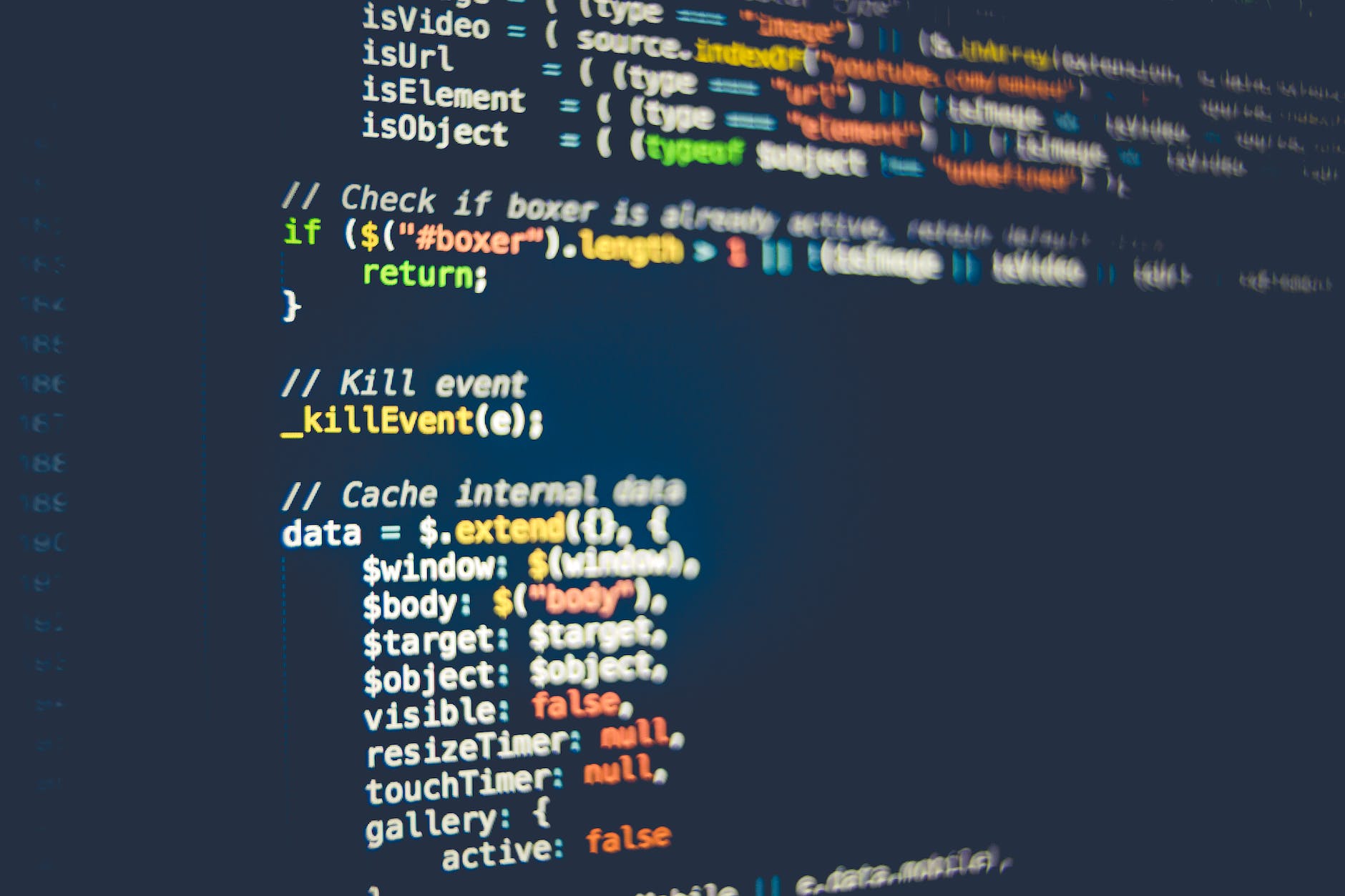Object-oriented programming (OOP) is a programming paradigm that uses objects and their interactions to design applications and computer programs. It is one of the most popular programming paradigms in use today, and is the basis for many modern programming languages such as Java, C#, and Python.
In OOP, objects are the basic building blocks of a program. An object is a self-contained entity that has a specific set of properties (also known as attributes or fields) and methods (also known as functions or behaviors). These properties and methods are defined by the object’s class, which acts as a blueprint for creating objects.
One of the key features of OOP is encapsulation, which is the ability of an object to hide its internal state and behavior from other objects. This allows for greater control over the data within an object and helps to prevent unwanted access or modification of that data. Encapsulation is achieved through the use of access modifiers, such as “private” and “protected”, which restrict the visibility of an object’s properties and methods.
Another important feature of OOP is inheritance, which allows objects to inherit properties and methods from a parent class. This allows for the creation of a hierarchy of classes, where each class can inherit the properties and methods of its parent class and add or override them as needed. This helps to reduce code duplication and makes it easier to manage and maintain complex programs.
OOP also includes polymorphism, which allows objects of different classes to be treated as objects of a common parent class. This allows for the creation of code that can work with objects of multiple classes, without the need to know the specific type of each object.
In OOP, objects interact with each other through method calls, where one object sends a message to another object to request that a specific method be executed. This allows for the creation of complex systems where different objects work together to accomplish a common goal.
In summary, OOP is a powerful programming paradigm that uses objects and their interactions to design applications and computer programs. It is characterized by encapsulation, inheritance, polymorphism, and the use of method calls to allow objects to interact with each other. This makes it easy to create, manage, and maintain complex systems, and is the foundation for many popular programming languages.
